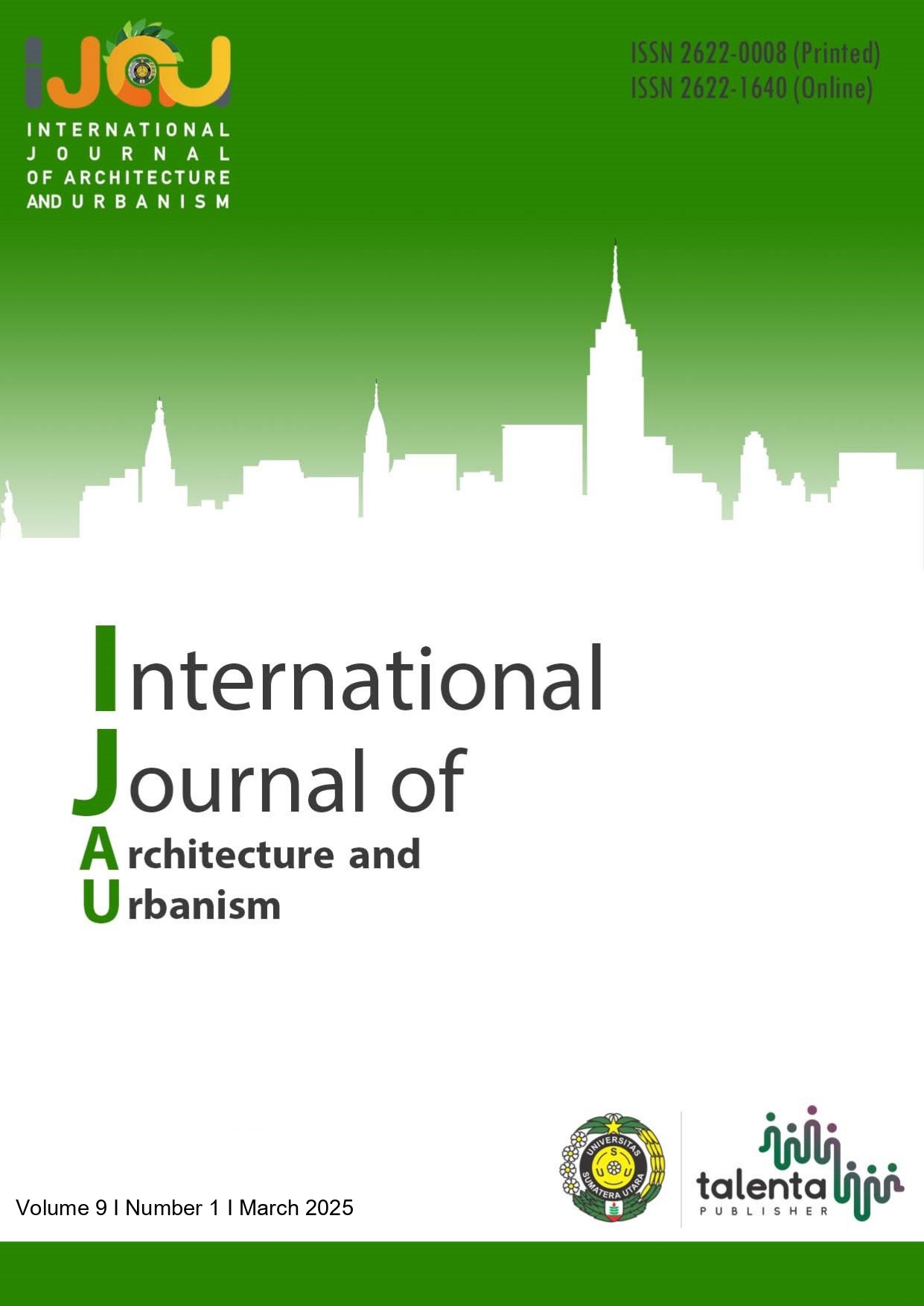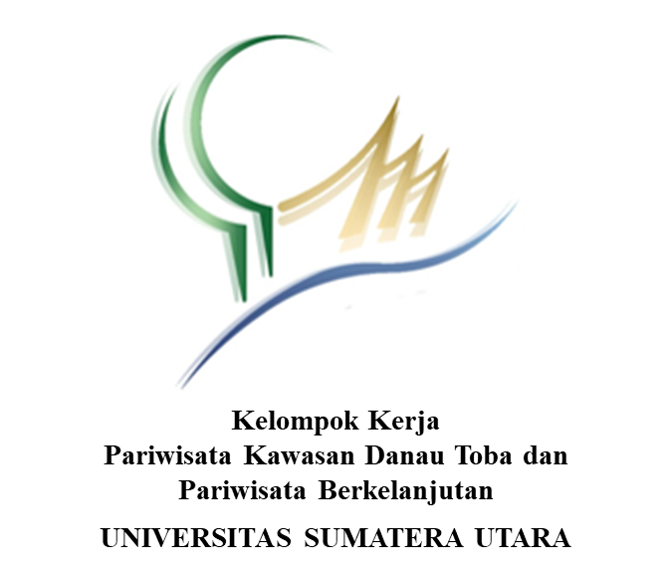Auditory Experience Identification Through Soundscape Approach in Borobudur Temple
DOI:
https://doi.org/10.32734/ijau.v9i1.18259Abstract
Borobudur Temple, a UNESCO World Heritage site located in Central Java, Indonesia, is famous for its architectural splendor and spiritual significance. However, the auditory experience of visitors, as part of the cultural landscape, has been minimally researched. This research aims to identify and explore the soundscape at Borobudur Temple and examine visitors' auditory perceptions. Soundscape, introduced by R. Murray Schafer, encompasses the acoustic environment understood and experienced by individuals or communities, which influences their perception and experience of a location. Using a quantitative descriptive approach, this study collected data by field measurement of sound intensity and characteristics as a physical form of the acoustic environment, and visitor perceptions collected by adapting a questionnaire based on Method B of ISO/TS 12913-2. Data analysis included descriptive statistics, soundscape analysis of perceptual attributes, and word cloud to examine respondent’s feedback. This research not only expands knowledge on acoustic evaluation of cultural heritage sites, but also provides a basis for soundscape management strategies that can enhance visitor experience and preserve acoustic heritage.
Downloads
Downloads
Published
How to Cite
Issue
Section
License
Copyright (c) 2025 International Journal of Architecture and Urbanism

This work is licensed under a Creative Commons Attribution-ShareAlike 4.0 International License.











.png)





